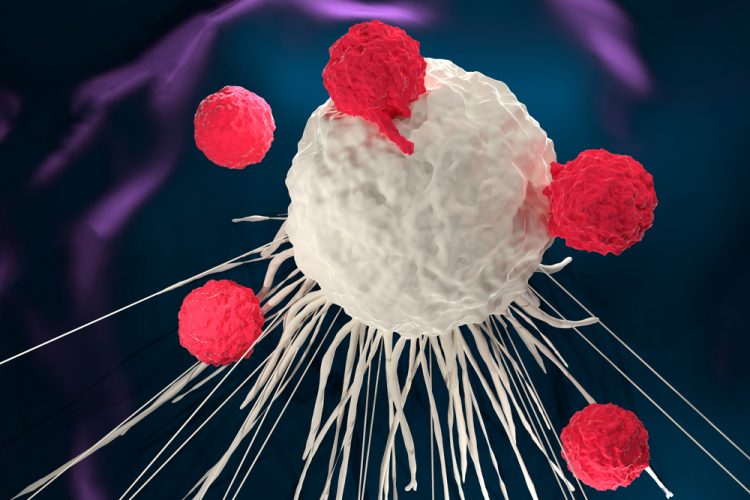Stem-like T cells could improve immunotherapy treatments
Posted: 7 September 2021 | Anna Begley (Drug Target Review) | No comments yet
Targeting stem-like T cells within certain lymph nodes could improve the number of cancer patients that respond to immunotherapy treatments.


A team at Yale University, US, have shown that researchers show stem-like T cells within certain lymph nodes could be natural cancer fighters. According to the researchers, targeting these T cells with immunotherapy drugs could increase the number of cancer patients that respond to treatment.
“Therapies that use the immune system to destroy cancer have been a game changer for patients with lung and other cancers,” explained senior author Nikhil Joshi. “But not all people respond to immunotherapy drugs, so it was important for us to discover the role of these special T cells in tumour growth.”
The researchers first developed a new animal model where they could look at the stem-like T cells in tumours over the course of several months of tumour growth and determine how the stem-like T cells survive.
They discovered the stem-like T cells do not persist in the tumour for a long time, suggesting that they are resupplied from somewhere else in the body. Nearby lymph nodes containing many of these stem-like T cells were replenishing the supply. Occasionally, a few stem-like T cells left the lymph node and travel to the tumour, keeping the tumour supplied with fresh cancer fighting T cells. The researchers believe this is important for slowing the growth of cancer. Moreover, an analysis of immune cells isolated from patients with lung cancer confirmed that stem-like T cells are in lymph nodes near the lung.
“T cells in tumours become exhausted, but our study results show the stem-like T cells within the nearby lymph nodes do not experience exhaustion during the course of disease,” said lead author Kelli Connolly. “This could be an important treatment advance as the potential to respond to immunotherapy is preserved.”
“We are focused on developing therapies that will activate the stem-like T cells in the nearby lymph node and bring them into the fight against cancer,” added Joshi. “We plan to continue this work and focus on how to improve these therapeutic responses to help patients.”
The study was published in Science Immunology.
Related topics
Immuno-oncology, Immuno-oncology therapeutics, Immunotherapy, Oncology, Stem Cells, T cells, Therapeutics
Related conditions
Cancer
Related organisations
Yale University
Related people
Kelli Connolly, Nikhil Joshi








